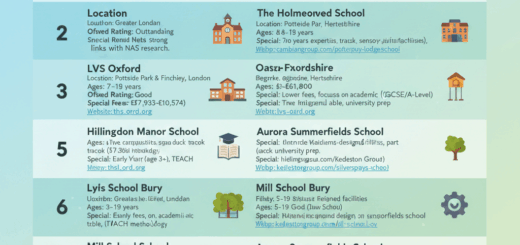Understanding the Process: What Happens After a Referral for an Autism Evaluation

The diagnostic evaluation is a comprehensive process designed to either confirm or rule out a diagnosis of autism. It can include several elements:
- Behavioral Observation: Specialists will observe the individual’s behavior in various settings. They’ll note communication skills, social interactions, and repetitive or restrictive behaviors.
- Developmental History: An extensive interview with parents or caregivers will be conducted to gather information about the individual’s developmental history.
- Additional Testing: Depending on the individual’s age and symptoms, other tests may be performed, such as cognitive testing, language testing, or genetic testing.
This thorough evaluation is typically conducted over several visits and requires input from multiple professionals, including psychologists, speech-language pathologists, and occupational therapists.
Diagnostic Results: Understanding the Outcome
After the evaluation, the diagnostic team will meet to review the collected information and determine if a diagnosis of autism is appropriate. This decision is made based on the presence of characteristic behaviors of ASD and the impact of these behaviors on the individual’s ability to function.
Once the team reaches a consensus, the results will be shared with the person undergoing the evaluation, their family, and the referring healthcare provider. It’s important to understand that receiving an autism diagnosis can be a significant event. Support should be available to help individuals and families understand and cope with the diagnosis.
Post-Diagnosis: The Road Ahead
A diagnosis of autism is not the end of the journey but rather the beginning of a new one. The next steps involve developing an individualized treatment and support plan.
This plan may include various therapies such as behavioral therapy, speech-language therapy, occupational therapy, and possibly medication. Educational support and accommodations may also be part of the plan. Furthermore, many community resources are available, including support groups, recreational programs, and autism advocacy organizations.
Conclusion: Navigating the Autism Evaluation Process
Understanding what happens after a referral for an autism evaluation can alleviate some of the stress and uncertainty associated with the diagnostic process. With this knowledge, you can confidently navigate this important journey with the information you need to advocate for yourself or your loved one.
Here are a few resources that may be helpful:
While the process may seem daunting, remember that a wealth of resources and support is available. Whether you’re a parent, caregiver, or individual facing a potential autism diagnosis, you’re not alone in this journey. There’s a vast community ready to offer support, 1 2 guidance, and resources.
- Autism Speaks offers a wealth of information and support resources for families following an autism diagnosis. They provide guides for parents, a 100-day kit for newly diagnosed families, and personal stories from individuals diagnosed with autism1.
- The CDC has valuable resources for families navigating an autism diagnosis. They provide information on developmental milestones, the screening and diagnosis process, treatment options, and resources for living with autism. They also offer a free resource kit for parents, which contains information on developmental milestones, developmental screening, and a growth chart2345678910.
With these resources, you can face the future knowing you have the knowledge and support needed to ensure the best possible outcomes for your loved one. Remember: you are not alone in this journey.
Keywords: Autism evaluation, referral, autism spectrum disorder, ASD, diagnosis, autism symptoms, autism diagnosis process, autism resources.
Please note that this article is written to be informative and supportive, but it is not a substitute for professional advice. If you have concerns about a potential autism diagnosis, please consult with a healthcare professional.



9 Responses
[…] Understanding the Process: What Happens After a Referral for an Autism Evaluation […]
[…] Understanding the Process: What Happens After a Referral for an Autism Evaluation […]
[…] Understanding the Process: What Happens After a Referral for an Autism Evaluation […]
[…] Understanding the Process: What Happens After a Referral for an Autism Evaluation […]
[…] you might know, is a condition that affects social skills, communication, and behavior. Repetitive behaviors and specific interests often characterize it. Scientists have been trying to understand the causes […]
[…] Understanding the Process: What Happens After a Referral for an Autism Evaluation […]
[…] Understanding the Process: What Happens After a Referral for an Autism Evaluation […]
[…] cannot provide a diagnosis of autism. Autism is complex, presenting differently in everyone, and a formal diagnosis requires a comprehensive evaluation by a qualified healthcare professional. This typically involves […]
[…] Hormones crank sensory sensitivity to 11, making social hierarchies feel like a Marvel multiverse. Masking fatigue can peak here, so fresh support matters.Explore: Next Steps After an Autism Evaluation […]